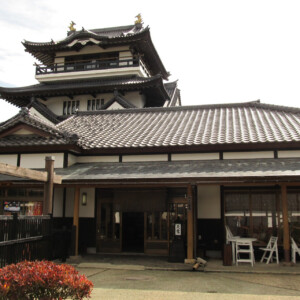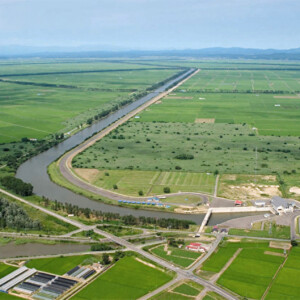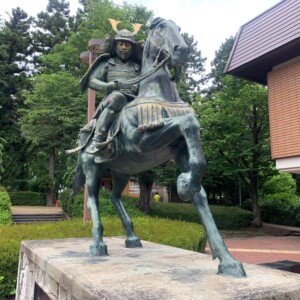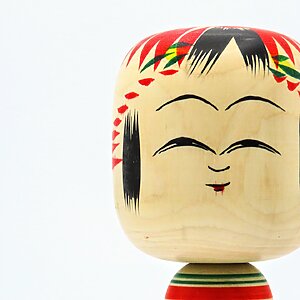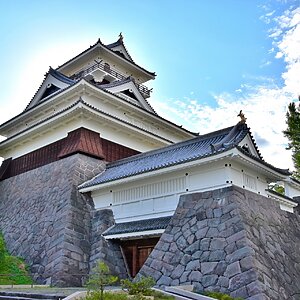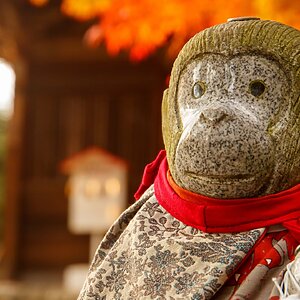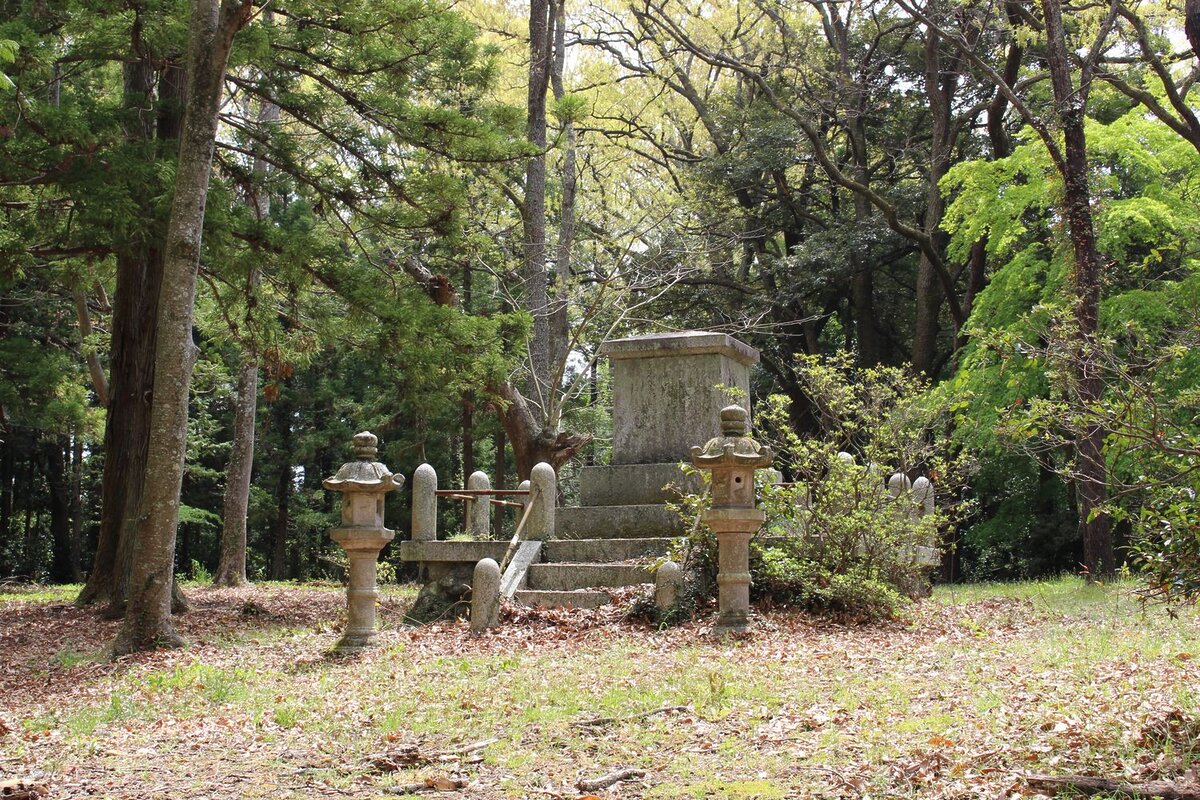
Mother of 6 boys and 5 girls! Who is Date Masamune's grandmother, Princess Kubo? [Fukushima Prefecture and Miyagi Prefecture]
table of contents
- 1 A large number of children, a large number of children
- 2 Who is Kubohime, who gave birth to six boys and five girls?
- 3 Princess Kubo's children
- 3.1 Eldest son: Chikataka
- 3.2 Oldest daughter: Princess Anami
- 3.3 Second son: Date Terumune
- 3.4 Second daughter: Kyoseiin
- 3.5 Third daughter: Masuho Princess
- 3.6 Third son: Rusu, unexpected
- 3.7 Fourth son: Ishikawa Akimitsu
- 3.8 Fourth daughter: Hikohime
- 3.9 Fifth daughter: Hojuin
- 3.10 <a i=0>Warlords during the Warring States period generally had many children.</a> <a i=1>Even if a child is born, it is likely that they will die at any time in the battle, and even if that is not the case, it is an era where medical care is not developed like today, so they often die alone.</a> <a i=2>Also, if you have many children, if you are a boy, you can adopt a child from another family, and if you are a girl, you can marry another family or a retainer, and increase your own influence.</a> <a i=3>For this reason, many warlords carried concubines in addition to their wives, and tried to have as many children as possible.</a>
- 3.11 Sixth son: Sugime Naomune (Sugime Naomune)
- 4 What happened to Princess Kubo
It is natural that during the Warring States Period, when war was constant, warlords tried to make many children.
Therefore, there are not many
child-rich Sengoku warlords However, even in this era, there are not many cases of
" child-rich princesses One of them is Princess Kubo, the wife of Date Harumune, who is the grandmother of Date Masamune.
A large number of children, a large number of children
Warlords during the Warring States period generally had many children.
Even if a child is born, it is likely that they will die at any time in the battle, and even if that is not the case, it is an era where medical care is not developed like today, so they often die alone.
Also, if you have many children, if you are a boy, you can adopt a child from another family, and if you are a girl, you can marry another family or a retainer, and increase your own influence.
For this reason, many warlords carried concubines in addition to their wives, and tried to have as many children as possible.
I don't think there are many people who don't know Oda Nobunaga and Tokugawa Ieyasu, but they are also known for being a huge child.
Oda Nobunaga's biological children were 11 boys and 6 girls, and Tokugawa Ieyasu's biological children also had 11 boys and 5 girls.
It is also said that Nobuhide's father, Nobuhide, also had 12 men and 15 women, including Nobunaga.
The Oda family was a family of many children, which had been in the same time as two generations.
In addition, although his reputation as a warlord has declined somewhat, the existence of Date Shumune (Masamune's great-grandfather), who had 14 boys and six girls, is quite astounding.
By the way, there are multiple "child-rich warriors", but when it comes to "child-rich princesses", the number is much smaller.
Unlike warlords who were able to form children with multiple concubines, one woman can have a limited number of children.
The famous one is "Matsu", the wife of Maeda Toshiie, who served Oda Nobunaga and Toyotomi Hideyoshi.
Matsu married Toshiie at the age of 12 and gave birth to her eldest daughter at the age of 13.
He has given birth to 11 people in his lifetime, including two boys and nine girls.
One of the records that remains are Date Harumune's wife Kubohime.
It is believed that children were born to Kubohime and Harumune, 6 boys and 5 girls
Who is Kubohime, who gave birth to six boys and five girls?
Kubohime was born in 1521 as the eldest daughter of Iwaki Shigetaka.
He grew up to be called the most beautiful girl in Oshu, and apparently he was also known as Edokubo Gozen
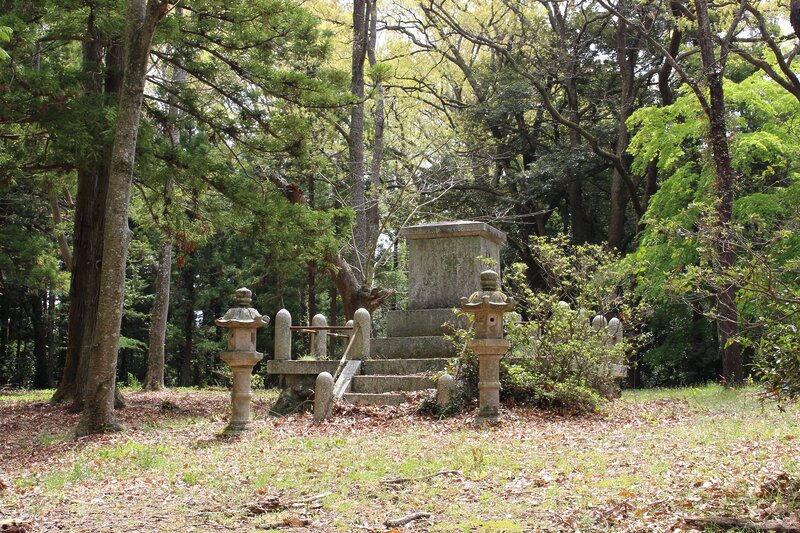
Author: Mizushimasea – Works by the author himself, CC Display-ShareAs 4.0,
by https://commons.wikimedia.org/w/index.php?curid=117719621
Iwaki Shigetaka was the lord of Odate Castle, which was in what is now Iwaki City, Fukushima Prefecture.
In order to counter the alliance of the Tamura, Soma and Date clans, Shigetaka tries to marry Princess Kubo to Yuki Harutsuna of Shirakawa.
However, Soma Akitane intervenes in order to marry Princess Kubo to Date Harumune.
Shigetaka refuses this request, but Kubohime and his group, who were heading to marry the Yuki clan, are surrounded by the armies of Date Harumune, who were ambushed, and are captured alive.
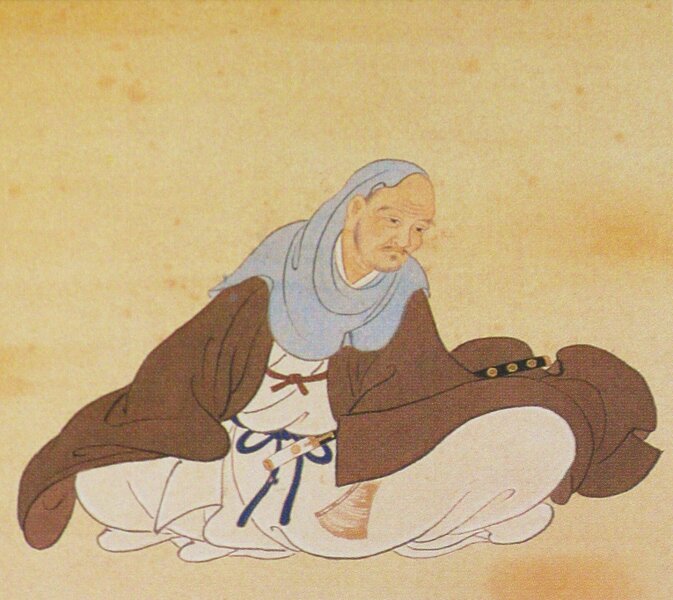
Sendai City Museum, Public Domain,
by https://commons.wikimedia.org/w/index.php?curid=9724779
Harumune decides to make Princess Kubo as her wife, and perhaps Kubohime likes her, she repeatedly sends letters to her father Shigetaka, stating that she will be married to Harumune.
Shigetaka reluctantly allows the child to be married, provided that if the eldest son is born to Kubohime and Harumune, he will adopt the child of the Iwaki clan.
Harumune probably really liked Princess Kubo, or at least as far as records go, Harumune had no concubine.
As mentioned earlier, Harumune's father, Harumune, had more children than Harumune and Kubohime, but it is said that Harumune had five concubines.
Princess Kubo's children
Eldest son: Chikataka
As promised with Iwaki Shigetaka when Date Harumune and Princess Kubo married, Shigetaka became adopted and took over as the Iwaki clan.
There are records of his efforts to arbitrate internal conflicts by his family, Date, and mediate the peace between the surrounding forces.
However, he began to allow Satake, who is his wife's family home (now Ibaraki Prefecture), to intervene, and eventually his son Tsunetaka, became the head of the family, so it is believed that by this time he had completely lost his power.
Oldest daughter: Princess Anami
He married Nikaido Moriyoshi, the eldest son of the lord of Sukagawa Castle (now Sukagawa City, Fukushima Prefecture).
Although he is blessed with children such as Ashina Moritaka and Nikaido Yukichika, his sons died one after another following his husband Moriyoshi, and Nikaido's sons were effectively cut off.
After that, Sukagawa Castle was attacked by his nephew Date Masamune, but the castle lord, Daijoin, also known as Ananhime, is known for his stubborn resistance.
It is said that
torch scoring that still remains in Sukagawa City was derived from the fact that retained retainers and territorial people of the Nikaido clan, who decided to fight to protect Sukagawa Castle at this time, gathered together with torches After the fall of Sukagawa Castle, he spent his later years relying on his nephew Iwaki Tsunetaka and Satake Yoshinobu.
Second son: Date Terumune
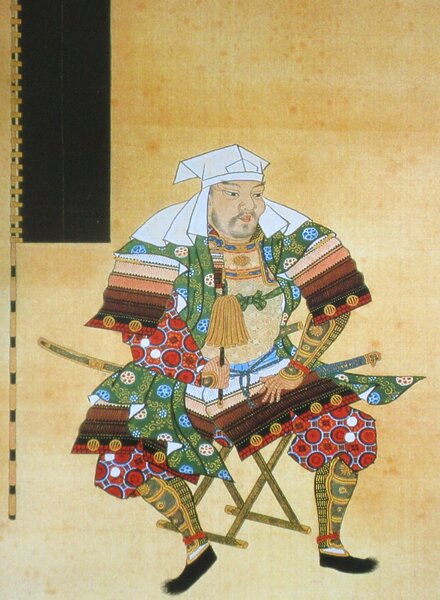
Sendai City Museum, Public Domain
, https://commons.wikimedia.org/w/index.php?curid=9724931
Since Terumune's older brother, Lord Takashi, was adopted by the Iwaki clan, Terumune decided to take over the Date clan.
Even after Harumune retired and handed over the family headship to Terumune, he did not let go of his real power, and eventually Harumune and Terumune were in conflict, and in the end he was also transferred to Terumune.
the power of the Date clan was greatly expanded , in 1585, he was captured as a hostage by Nihonmatsu Yoshitsugu, the lord of Nihonmatsu Castle, who was supposed to have surrendered to the Date clan, and as a result he died unemployed .
He is Date Masamune's father.
Second daughter: Kyoseiin
His real name is unknown.
She married Date Minomoto, the third son of Date Shusshu.
Since Harumune's younger brother, Kagami Seiin married his uncle.
It has produced Shigezane, known for being a well-assisted assistant to Masamune.
By the way, how should we describe the relationship between Masamune and Narumi?
From the perspective of Kagami Seiin, Narimi's mother, Masamune, the son of his older brother, Terumune, is his nephew, so he is Narimi's cousin.
However, from the perspective of Narumi's father, Terumune is his nephew (and brother-in-law), so for Narumi, Masamune is his cousin's nephew (cosplayer's child).
In other words, Masamune is not only Narumi's maternal cousin, but also his paternal cousin nephew.
It's complicated, so I think it's fine to say that I'm a cousin.
Third daughter: Masuho Princess
He married Koyanaga Morimune, a common style of the Date clan, who was based in the present-day Yanagawa Town, Date City.
The number is Tenkoin.
Third son: Rusu, unexpected
He was adopted by Akimune, the lord of Iwagiri Castle (now Sendai City, Miyagi Prefecture), and succeeded him.
However, when Toyotomi Hideyoshi attacked the Hojo clan in Odawara in 1590, Masakage was not involved in the camp, and his territory was confiscated.
From then on, he became a subordinate of Date Masamune and revived his last name on Date and became active.
Fourth son: Ishikawa Akimitsu
He was adopted and succeeded the son of Harumitsu, the lord of Miashi Castle (now Ishikawa Town, Fukushima Prefecture).
The name "Aki" was received by Ashikaga Yoshiaki, the last shogun of the Muromachi shogunate.
As a result of the continued pressure from Satake, Ashina and Tamura, he became subject to the influence of Satake, and he ended up in conflict with Date Masamune.
Eventually he surrendered to Masamune (where his sister Anan Princess married).
Akimitsu also did not participate in Toyotomi Hideyoshi's campaign of Odawara, so his territory was confiscated and became Masamune's subordinate.
Fourth daughter: Hikohime
He marries Ashina Morioki, who was based in Aizu, but dies from Morioki.
He became Moritaka's wife, who became the adopted heir to Moritaka's father.
In addition, Moritaka was born to Harumune's eldest daughter Ananhime and Nikaido Moriyoshi, who have already appeared, so Hikohime has remarried his nephew.
However, he was left before Moritaka and Kameomaru, the orphan of Moritaka, and died early in life.
After that, the Ashina clan was attacked by Date Masamune and fell into ruin.
Fifth daughter: Hojuin
His real name is unknown.
He married Yoshishige, the Sengoku daimyo of Hitachi.
The children born to Yoshishige were adopted by the Ashina clan and the Iwaki clan.
Furthermore, his eldest son, Yoshinobu, later moved to Akita and became the first lord of the Akita domain.
<a i=0>Warlords during the Warring States period generally had many children.</a> <a i=1>Even if a child is born, it is likely that they will die at any time in the battle, and even if that is not the case, it is an era where medical care is not developed like today, so they often die alone.</a> <a i=2>Also, if you have many children, if you are a boy, you can adopt a child from another family, and if you are a girl, you can marry another family or a retainer, and increase your own influence.</a> <a i=3>For this reason, many warlords carried concubines in addition to their wives, and tried to have as many children as possible.</a>
He inherited the Kokubun clan, who had built up power near the present city of Sendai.
However, because he was unable to contain the opposition from the whole house against his stance on his cooperation with Date Masamune, he was almost defeated by Masamune.
Although he was forgiven, he later escaped to Satake Yoshinobu, a son of Hojuin (Morishige's nephew), in 1596.
Following the Satake's transfer of Akita, he was given Yokote Castle (now Yokote City, Akita Prefecture).
Sixth son: Sugime Naomune (Sugime Naomune)
After he passed away in 1577 in Sugime Castle (now Fukushima City), where his father Harumune had retired, he became the lord of Sugime Castle and lived with his mother, Kubohime, also known as Saishoin.
After that, he died without a child, so Sugime was cut off.
What happened to Princess Kubo
Princess Kubo was blessed with six boys and five girls, and none of them died, and each child was to play a role in the Warring States period (although it may vary depending on whether they were successful or not).
After her husband Harumune passed away, she lived in Sugime Castle, and in 1591, she followed her grandson Masamune to Neshiroishi (now Izumi Ward, Sendai City) in Miyagi County.
He then passed away in 1594 and died at 74.
The grave is located at Mankoji Temple in Izumi Ward, Sendai City.
Not only was his second son, Date Terumune, famous for his unemployed death, but he was also preceded by his eldest son, Iwaki Chikarataka, his second daughter, Kagami Seiin, his fourth daughter, Hikohime, and his sixth son, Sugime Naomune.
In addition, many of the daughters' brides and the families where their sons succeeded were attacked by their grandson, Date Masamune, and thus fell into ruin.
What did Kubohime spend her last years thinking?
In any case, if Princess Kubo had not been the kind of woman known as the most beautiful girl in Oshu, she may not have married Date Harumune or had children including Terumune (and of course her grandson Masamune).
If that were the case, the history of the Tohoku region would have been repainted with records that were completely different from historical facts.
Information:Mankoji Temple
- Facility name: Mankoji Temple
- Address: 27 Nishigami, Neshiraishi-cho, Izumi-ku, Sendai, Miyagi Prefecture
- Inquiry number: 022-379-2137







![Scary and slightly sad stories... "Michinoku Otogi Kaido" with many stories left behind [Shichigasyu-cho, Shiraishi City, Miyagi Prefecture] Fairytale images](https://jp.neft.asia/wp-content/uploads/2023/04/be73b392233d2fe609797e999f8ca547-1-150x150.jpg)
![Kurikoma foot Geopark learned from large-scale landslide disasters [Miyagi Prefecture] Autumn leaves of Mt. Kurikoma](https://jp.neft.asia/wp-content/uploads/2023/08/22090138_m-150x150.jpg)
![The place you should not come and the phantom checkpoint "Nakura no Seki" written in waka poetry [Fukushima Prefecture] 0438-016](https://jp.neft.asia/wp-content/uploads/2022/11/0438-016-150x150.jpg)
![Take a look at kaleidoscopes from all over the world at the Sendai Kaleidoscope Museum! [Miyagi Prefecture] mysterious light](https://jp.neft.asia/wp-content/uploads/2017/03/f296481e88d1209fdf95c2739bb4da31-150x150.jpg)
![[Tohoku] Where should we go during Golden Week in 2023? How about visiting zoos and aquariums in Tohoku? 26245129_m](https://jp.neft.asia/wp-content/uploads/2023/04/26245129_m-150x150.jpg)
!["Negaseki" is one of the three ancient Oshu sekies that surpasses Minamoto Yoshitsune and Matsuo Basho [Tsuruoka City, Yamagata Prefecture] 3809167_m](https://jp.neft.asia/wp-content/uploads/2023/02/3809167_m-150x150.jpg)
![The birth was triggered by the general's "cheating"! ? Hoshina Masayuki, who is praised as a great prince [Fukushima Prefecture] Statue of Hoshina Masayuki](https://jp.neft.asia/wp-content/uploads/2025/05/Hoshina_Masayuki2-1-150x150.jpg)
![What is the "Liar Festival" in Iizaka Town? With the hope that disaster will be turned into a lie [Fukushima Prefecture] 1182654_m](https://jp.neft.asia/wp-content/uploads/2021/12/1182654_m-150x150.jpg)


